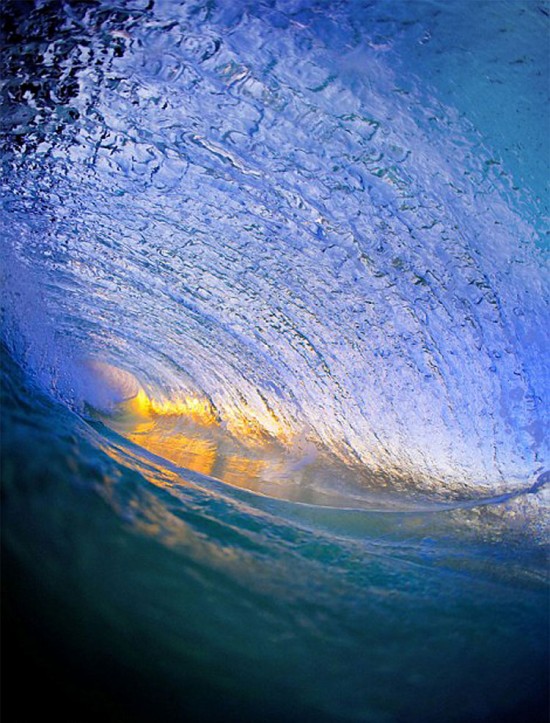

A magnitude of M=9.1 seems to be most appropriate for tsunami studies as ascertained from analysis of seismograms and geodetic data (Banerjee et al., 2007 Chlieh et al., 2007). Because of the size and complexity of this earthquake, it has been difficult to assign a precise magnitude. The magnitude (M) of a submarine earthquake is, in most cases, the most important factor that determines the size of a tsunami.

Where the interplate thrust intersects the sea floor is marked by the Sunda trench that can traced along an arc from Burma in the north to Java in the south. This fault lies below the southwestern part of Sumatra and the Andaman Islands. The interface between the two plates results in a large fault, termed an interplate thrust or megathrust. The DecemM=9.1 Sumatra-Andaman earthquake occurred along a tectonic subduction zone in which the India Plate, an oceanic plate, is being subducted beneath the Burma micro-plate, part of the larger Sunda plate. This figure is taken from the online edition of This Dynamic Earth

General diagram of an oceanic subduction zone. Sumatra and the Andaman Islands are part of an island arc.

Recorded by Ted Mack.Sources/Usage: Public Domain. We are captivated by the enlivening mixture of wave and seabird voices … such a rousing oceanic orchestra befitting the scene before us! The kittiwakes, nesting on ledges almost in reach of the splashing waves, sound off excitedly as they circle above their nests, some landing to feed their young. Waves crash loudly against huge boulders, their low-pitched whomping sounds amplified by hollows at the base of the cliffs. On the seaward side of the island, we hike a trail along the clifftops and soon discover a steep wooden staircase leading down to the ocean. While the gannets make quite a clamor at their huge nesting colony, what delights us the most are the sweet nasal cries of black-legged kittiwakes, members of the gull family that are named for the distinct sound of their calls. During a trip to the Gaspé Peninsula of Quebec, we make our way to Bonaventure Island, home to a variety of seabirds, including gannets, puffins, and murres.


 0 kommentar(er)
0 kommentar(er)
